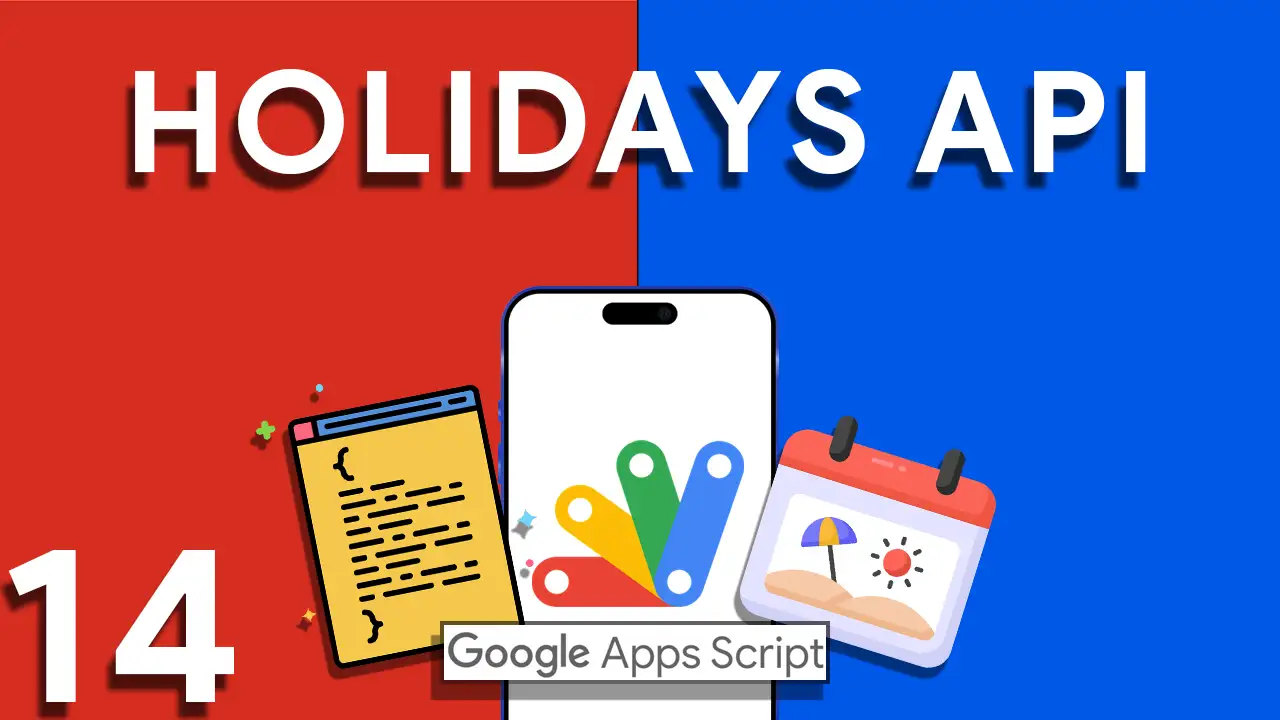Pie charts are a staple in the realm of data visualization, offering a simple yet powerful way to represent parts of a whole. When it comes to aggregate data – that is, data that has been grouped or summarized from multiple records – pie charts can provide clear and immediate insights into your data’s composition. This guide introduces you to the basics of pie chart composition in AppSheet, ensuring your data is presented clearly and effectively.
At its core, a pie chart is a circular statistical graphic divided into slices to illustrate numerical proportion. In the context of AppSheet, an aggregate pie chart goes a step further by showcasing a summary view of grouped data, such as total sales per product category or the percentage distribution of task statuses within a project.
Not all data is suited for representation in a pie chart. Here are key considerations to ensure that your data is a good fit:
- Categorical Data: Pie charts are best suited for categorical data where you are comparing parts of a whole. This includes data that can be grouped into distinct categories.
- Limited Categories: For clarity, it’s advisable to limit the number of categories represented. A good rule of thumb is to aim for around 5-7 slices. More slices can make the chart difficult to read.
- Aggregate Values: Aggregate pie charts are ideal for displaying summarized data, such as totals or averages, across different categories.
-
- To make your pie charts more effective, consider the following design tips:
- Color Schemes: Use contrasting colors for different slices to enhance readability. However, avoid overly bright or clashing colors that can distract from the data.
- Labeling: Each slice should be clearly labeled with either the category name, the percentage of the whole it represents, or both. AppSheet allows for customization in how these labels are displayed.
- Avoiding Pitfalls: Be wary of overloading your pie chart with too many slices, as this can lead to a cluttered and confusing presentation. Consider using other types of charts, like bar or column charts, for data with many categories.
- To make your pie charts more effective, consider the following design tips:
Creating an aggregate pie chart in AppSheet involves summarizing your data based on specific criteria and then visualizing these summaries. Here’s a simplified process:
- Prepare Your Data: Ensure your data is structured in a way that allows for aggregation, typically within a table that AppSheet can access.
- Create a Slice: Aggregate your data by creating a “Slice” in AppSheet. This slice acts as a filtered view of your data based on certain conditions or aggregations you define.
- Design Your Chart: Once your slice is ready, create a new view in AppSheet and select the “Chart” view type. Choose “Pie” as your chart type and configure it to use your aggregated data slice. Customize your pie chart’s appearance according to your preferences and the design tips mentioned above.
Conclusion
Aggregate pie charts in AppSheet offer a visually engaging way to present summarized data insights directly within your app. By understanding the basics of pie chart composition, ensuring your data is suitable, and applying key design tips, you can create pie charts that not only convey information effectively but also enhance the overall user experience of your AppSheet applications.







